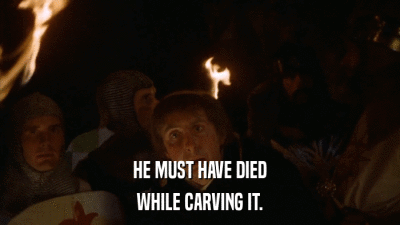The rare coin with the inscription "Eleazar the Priest."Credit: Emil Aladjem, Israel Antiquities Authority
Posted on 03/04/2024 9:40:16 PM PST by SunkenCiv
A rare coin from the time of the Bar Kochba revolt, bearing the name "Eleazer the Priest," has been discovered at the foot of a cliff in the Judean Desert by Israeli archaeologists.
The coin bears a date, 132 C.E. – the first year of the Bar Kochba revolt. It apparently rolled out of a cave in the cliff face where Jewish rebels had holed up, hiding from the furious Romans during the rebellion, says Dr. Eitan Klein, deputy head of the Israel Antiquities Authority's anti-theft division, which is trying to beat the legions of looters to ancient treasures in the region.
Revealed by the antiquities authority on Monday, the coin was actually found about two weeks ago – around 20 years after the cave had been excavated, Klein says.
With it, the archaeologists also found three other coins dating to the revolt, featuring the name "Simon" – referring to Bar Kochba himself, according to the general consensus.
The cave is in Matzok Hahe'etekim, a long line of cliffs on the western side of the Dead Sea. Back at the time, archaeologists did discover various items in that cave, Klein says. These included a Roman javelin, which the Jewish rebels had presumably stolen or otherwise obtained from a Roman soldier and stashed in the cave for future use. Which opportunity never arrived.
(Excerpt) Read more at haaretz.com ...
The rare coin with the inscription "Eleazar the Priest."Credit: Emil Aladjem, Israel Antiquities Authority
War Trophy of a Roman Soldier? Rare Bar Kochba Coin Found in Jerusalem
Ruth Schuster
May 12, 2020
https://www.haaretz.com/archaeology/2020-05-12/ty-article/.premium/war-trophy-of-a-roman-soldier-rare-bar-kochba-coin-found-in-jerusalem/0000017f-e5dd-df2c-a1ff-ffdd39050000
CE is a secularized version of AD ... and this system of referring to years as AD / BC did not come until after AD 132...right? So is the author converting the year actually shown on the coin to what that same year is considered in current times...or is this coin a fake?
“ The coin bears a date, 132 C.E.”
No it doesn’t
Cool but ole Bat Kochba didn’t last long.
It’s obviously a conversion from the Jewish date or less possibly the Roman date. CE is used by non-Christian nations and other groups as a reasonable accommodation.
I'm guessing the former. I think the archeologists would have easily spotted a fake of that magnitude. The writer of this article is just being lazy. She should have said something like, "The coin bears a Jewish date that in modern reckoning is the equivalent of AD 132."
Yet another reminder of who the real indigenous people are. Their language, their religion. All forged there.
CE is an anti-Christian substitution for AD. They do it on purpose.
It’s not the “CE” that I’m questioning. No one ever thought they lived in the year 132 or the year 423AD. Dating from the birth of Christ didn’t become common until the sixth century or so.


Beat me to it as I noticed the same thing.
The inscription on similar coins is ‘Year one of the revolt’. Earliest of the coins reference Eleazer. There are apparently quite a few examples.
“It’s obviously a conversion from the Jewish date or less possibly the Roman date.”
I think the whole stupid debate about the date is merely over the difference of how the report reported the date, which I believe was nothing more or less than the interpretation of the modern meaning of the actual date on the coin. No, the coin itself did not say “135 C.E.”. That is just the interpretation of whatever actual date markings there are on the coin.
Correct. Which is what I said, then said again. It would have been convenient for the writer to give us both, but hey, that’s Haaretz for you, trying to erase Judaism and Zionism.
A coin with an ancient Hebrew inscription on it that says "Eleazar the Priest."Image credit: Emil Aladjem, Israel Antiquities Authority |
Disclaimer: Opinions posted on Free Republic are those of the individual posters and do not necessarily represent the opinion of Free Republic or its management. All materials posted herein are protected by copyright law and the exemption for fair use of copyrighted works.